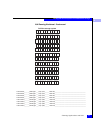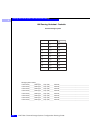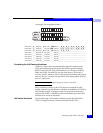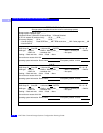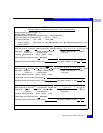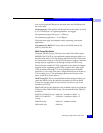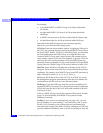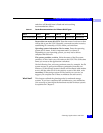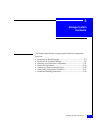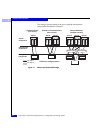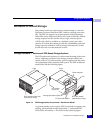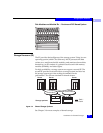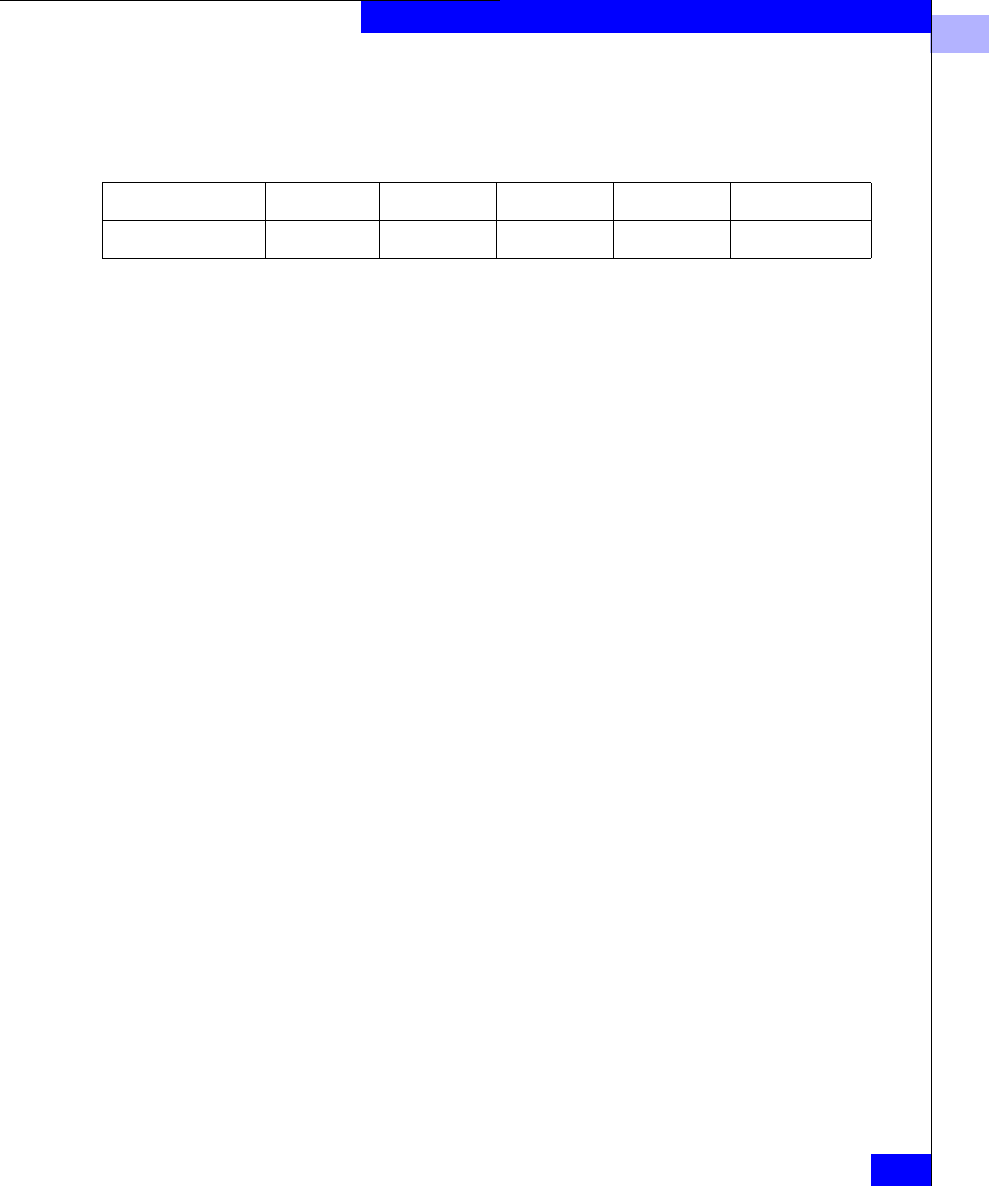
4
Planning Applications and LUNs
4-15
Planning LUNs and File Systems with Unshared Direct Storage
units that will benefit from it. Read and write caching
recommendations follow.
Table 4-1 Cache Recommendations for Different RAID Types
Servers that can access this LUN. Enter the name of each server that
will be able to use the LUN. Normally, you need to restrict access by
establishing SP ownership of LUNs when you bind them.
Operating system information: Device name. Enter the operating
system device name, if this is important and if you know it.
Depending on your operating system, you may not be able to
complete this field now.
File system, partition, or drive. Write the name of the file system,
partition, or drive letter you will create on this LUN. This is the same
name you wrote on the application worksheet.
On the following line, write any pertinent notes; for example, the file
system mount- or graft-point directory pathname (from the root
directory). If this storage system’s chassis will be shared with another
server, and the other server is the primary owner of this disk, write
secondary. (If the storage system will be used by two servers, we
suggest you complete one of these worksheets for each server.)
What Next? This chapter outlined the planning tasks for unshared storage
systems. If you have completed the worksheets to your satisfaction,
you are ready to learn about the hardware needed for these systems
as explained in Chapter 5.
RAID 5 RAID 3 RAID 1 RAID 1/0 RAID 0 Individual Unit
Highly Recommended Not allowed Recommended Recommended Recommended Recommended



